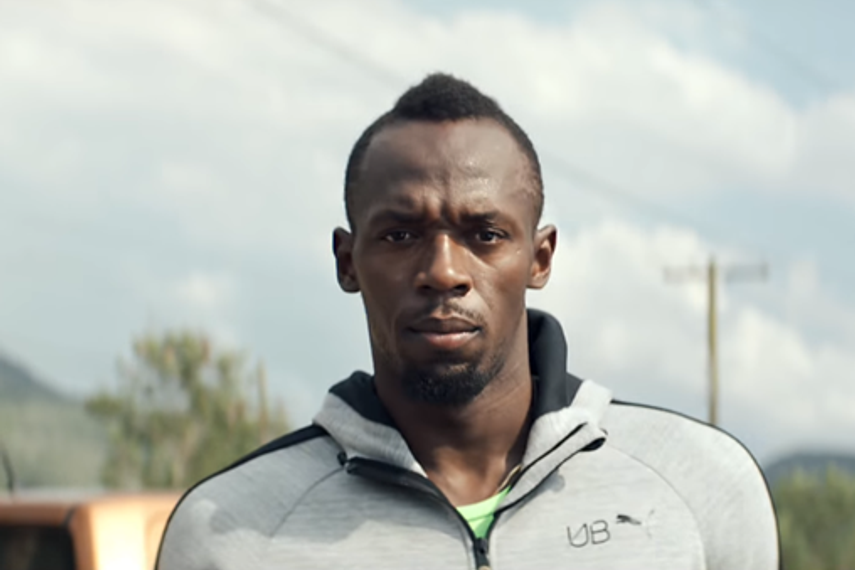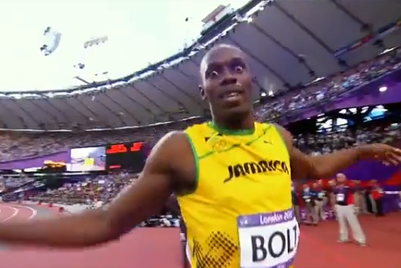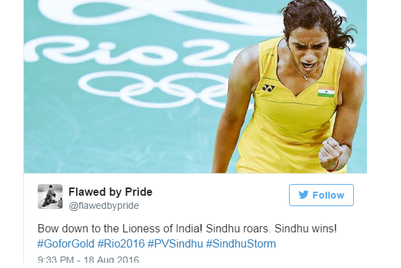
In the early hours of yesterday morning, Usain Bolt beat America’s Justin Gatlin by 0.08 seconds to bag his third Olympic 100-metres gold and further bolster his claim to be the greatest sprinter who ever lived.
But earlier this month, Bolt’s agent caused some surprise when he claimed the champion had never once attempted running a mile.
While I’m sure that at some point Usain will have covered a mile (if I have, I feel okay assuming an Olympic athlete has too) I completely buy into the fact that he doesn’t do so now. As a sprinter at the top of his game he’s entirely focused on covering 100 metres or 200 metres as fast as possible.
It got me thinking about how we work as marketers, often dividing our time between two distinct tasks – direct response and high level branding. We train one part of our marketing function up to deliver on sales metrics such as clicks or conversions and, supposedly, another part to deliver against longer term branding goals.
However, the time scales by which we measure the latter are becoming increasingly tight, which is to the detriment of the marketing plan – and precisely why we need to take a leaf out of Usain’s book.
The parallel becomes clear when we look at how this revelation came about. A journalist from The New Yorker was seeking to compare how Bolt would stack up against Hicham El Guerrouj who set the world record for running a mile in 1999.
Fortunately he’d got in touch with agent Ricky Simms, who represents Bolt and confirmed that this is something he simply doesn’t do.
In reality, common sense dictates that it’s simply not possible to compare an athlete who has optimised his fitness, diet and technique to cover 100 metres, to an athlete who has trained to cover sixteen times that distance.
Unfortunately, a focus on digital is forcing marketers to do exactly this when it comes to advertising.
To explain, the backbone of digital is delivery. Digital brought something entirely new to our industry – concrete evidence that advertising was working in the form of engagement and other trackable behaviours.
It made it possible for agencies to say "our media plan is directly correlated to these specific sales".
Aside from the fact that these claims aren’t always based in absolute truth or are themselves inflated by poor measurement techniques – another argument for another day – this switch has prompted an obsession with measurement and accountability.
The net result is a focus on tactics that generate direct sales. And so advertising is being driven down to the lower end of the funnel, creating clutter and noise that diminishes the power of online advertising as a media channel. This means marketers are neglecting long-term tactics that help keep that funnel populated.
The Olympic equivalent of this is measuring a marathon runner in 100-metre increments and deeming them unsuccessful because they don’t match up to Bolt’s speed, when we all know it’s physically impossible to maintain that pace over that distance – which is exactly the kind of clarity we need in media planning.
A greater emphasis on long-term goals would fundamentally force us to re-evaluate what performance in marketing actually is – from the top to the bottom of the funnel.
In the same way that performance in sport is about expending the least amount of energy for the most gain, marketing efficiency is focused on minimum spend delivering the greatest return on investment.
This isn’t to say that we shouldn’t be measuring for early indicators of brand activity delivering against short term metrics at all.
The start for both a sprinter and marathon runner is of course crucial. Similarly in branding campaigns, if engagement is high in week one we can be increasingly confident that the campaign will work in the long term – or alternatively amend campaigns, creative and placements to correct our course.
However, forcing a branding campaign to perform only in 30 or 90 day cycles will lead to inefficiency, owed to a focus on the wrong tactics to achieve the right goals. Measuring brand impact over more feasible timescales, however, will enable us to better understand how these campaigns perform, as well as their impact on other tactics over time.
So, at a time when the media landscape is being rocked by ad blocking, mediapalooza and the ANA report, it seems apt for a tournament that represents the pinnacle of performance to arrive.
Kicked off by Adam Peaty pushing ahead of the competition in the men’s 100 meters swim, Team GB continues to rack up the medals – but it’s high time that marketers took stock of their own performance, and figured out how they could be winning both a sprint and a marathon for their brand.
(Mark Jackson is UK MD at MC&C.)
(This article first appeared on CampaignLive.co.uk)


.jpg&h=334&w=500&q=100&v=20250320&c=1)
.jpg&h=334&w=500&q=100&v=20250320&c=1)


.jpg&h=334&w=500&q=100&v=20250320&c=1)


.jpg&h=334&w=500&q=100&v=20250320&c=1)
.jpg&h=334&w=500&q=100&v=20250320&c=1)





.jpg&h=268&w=401&q=100&v=20250320&c=1)
.jpg&h=268&w=401&q=100&v=20250320&c=1)


